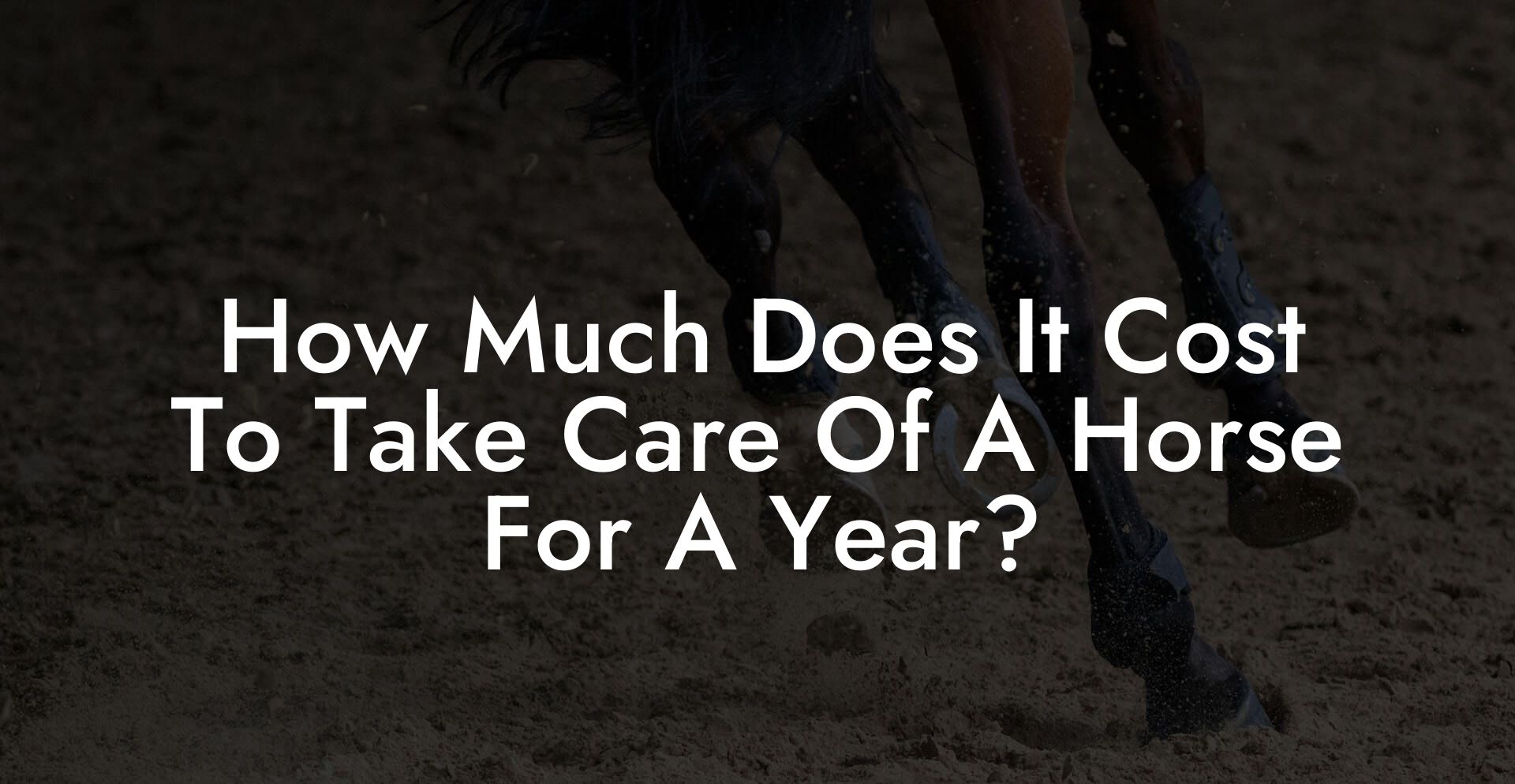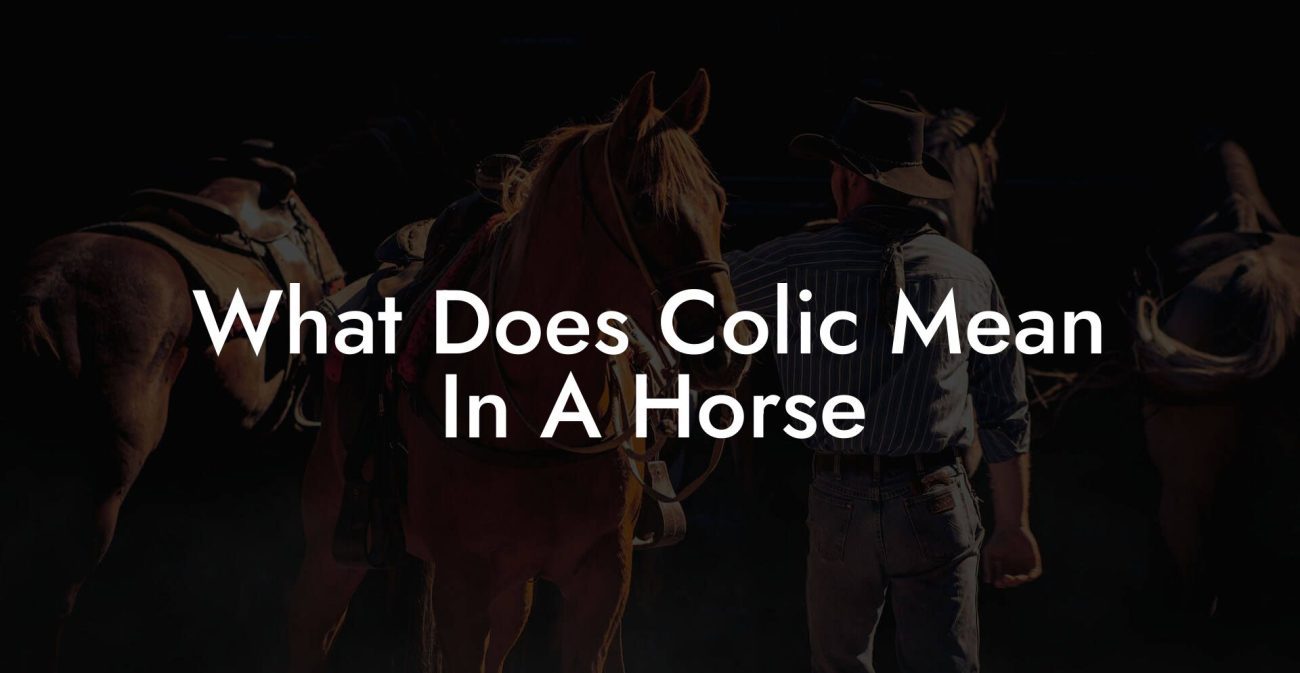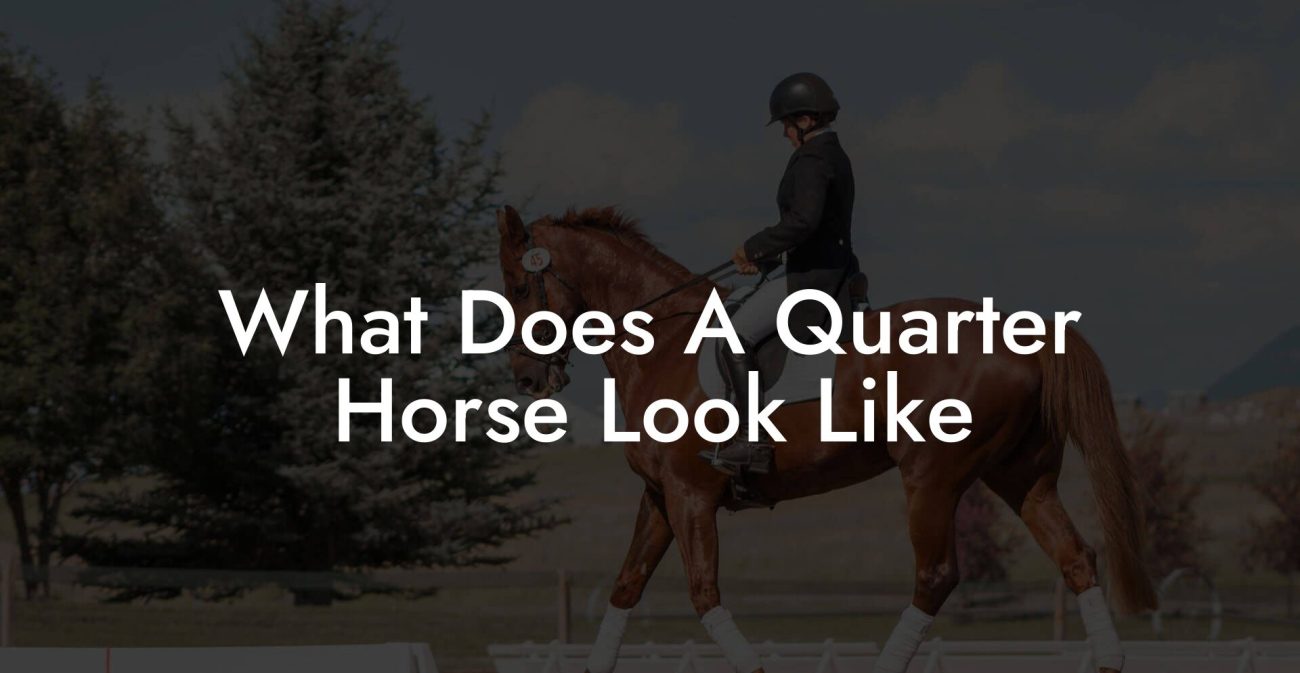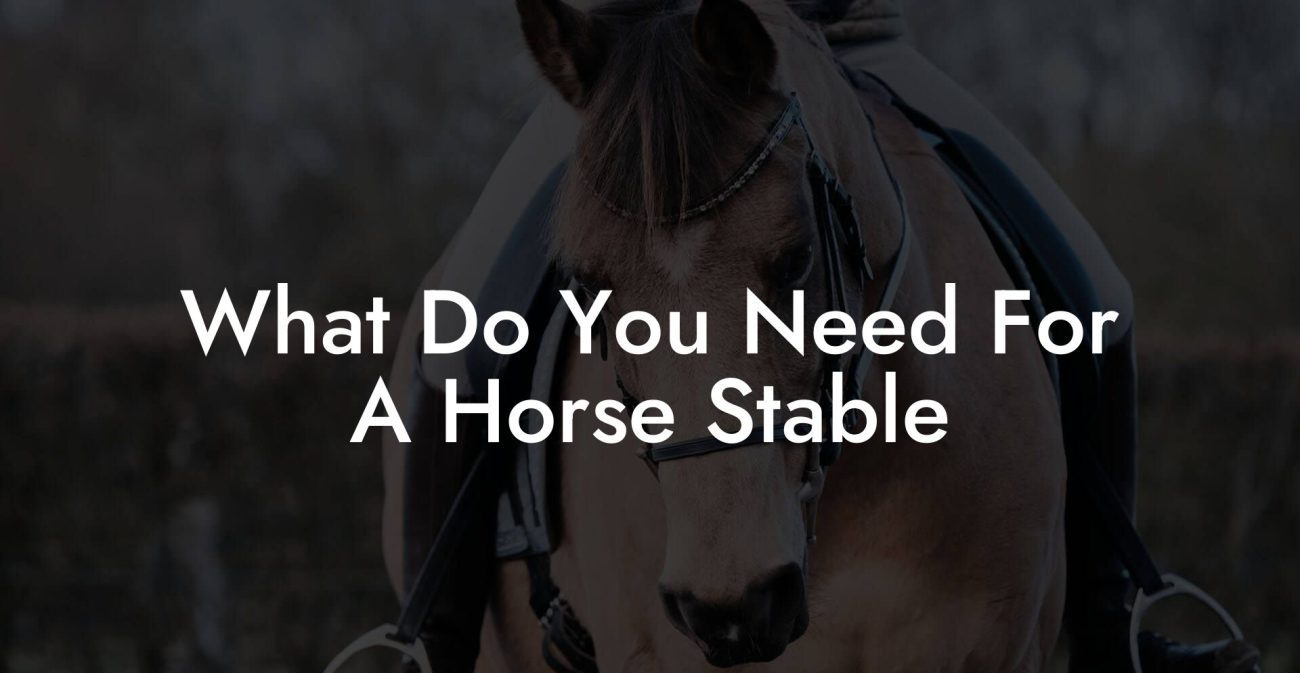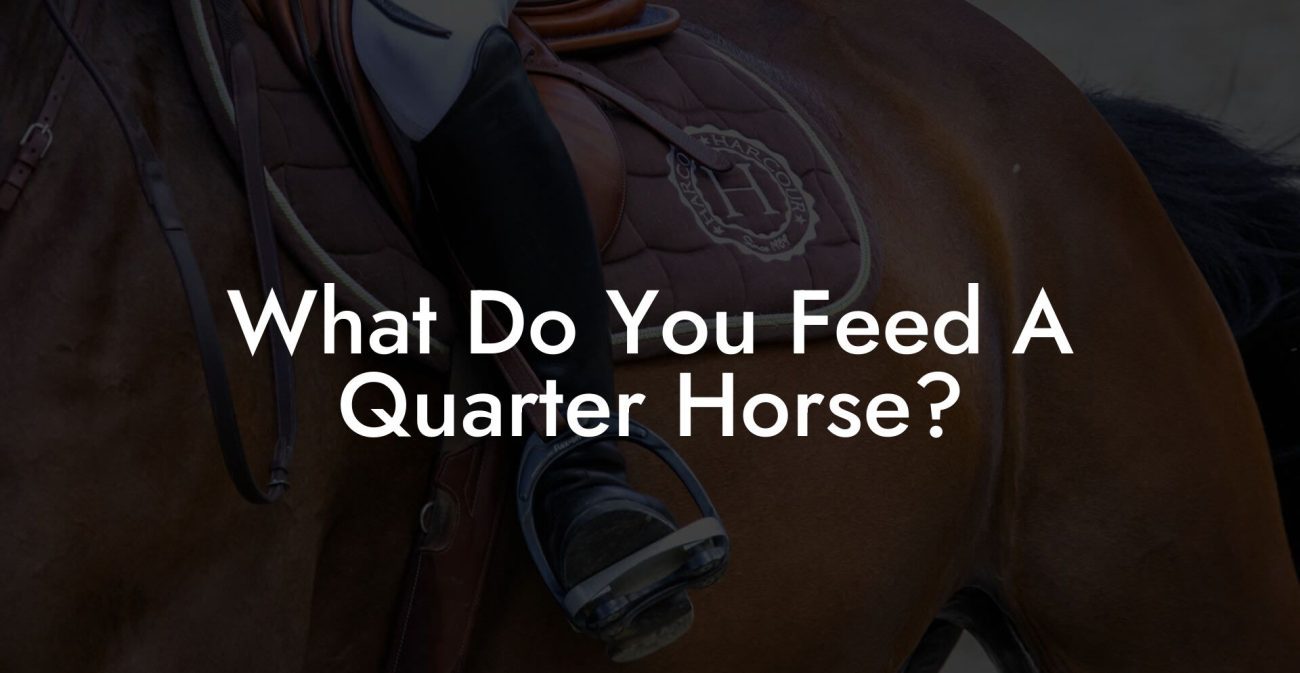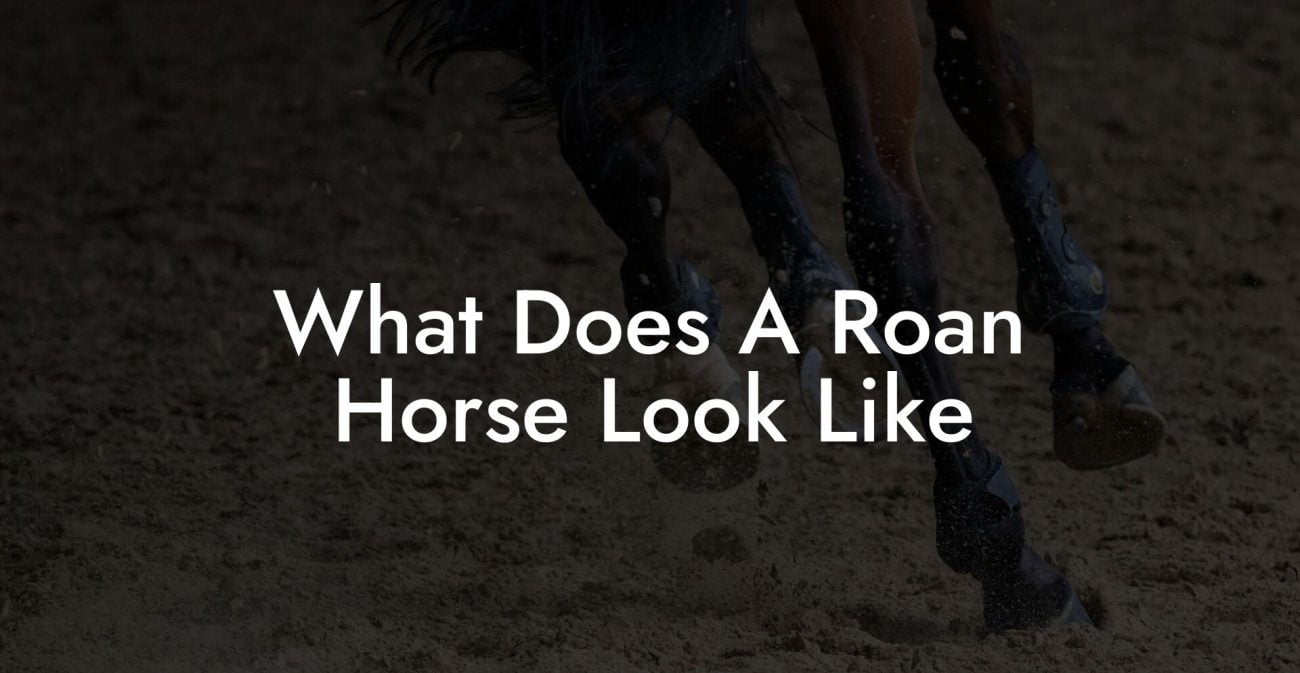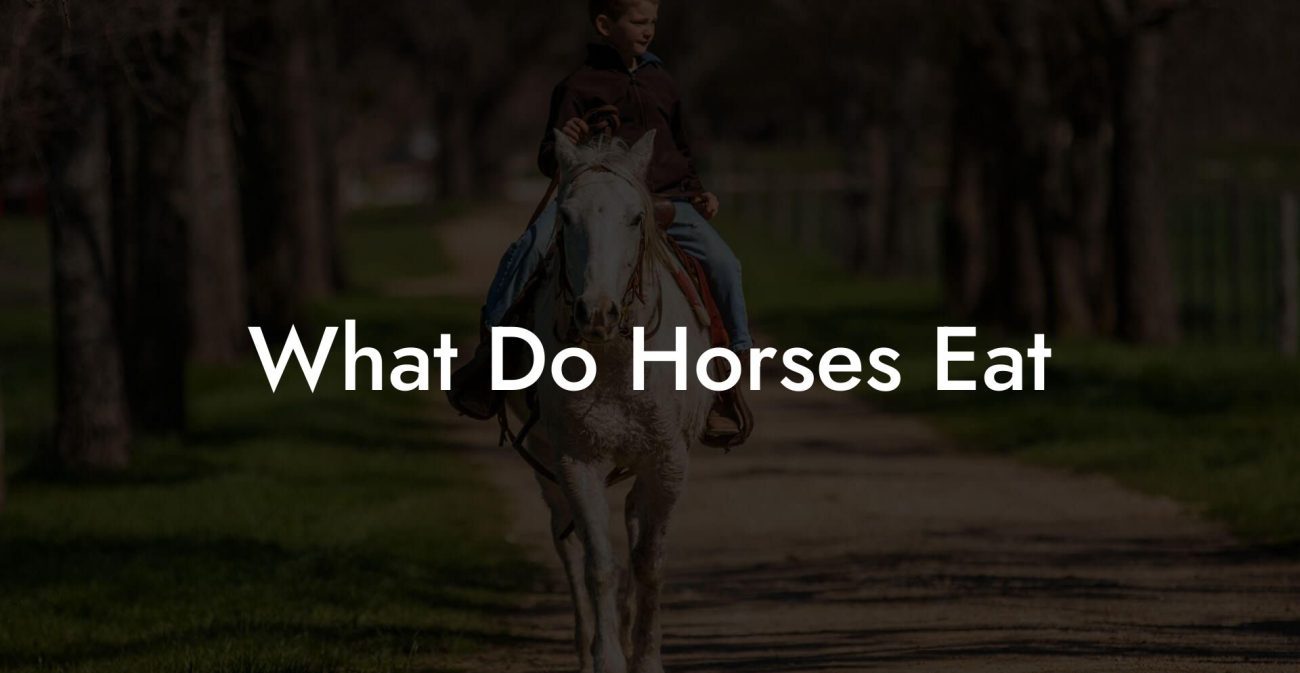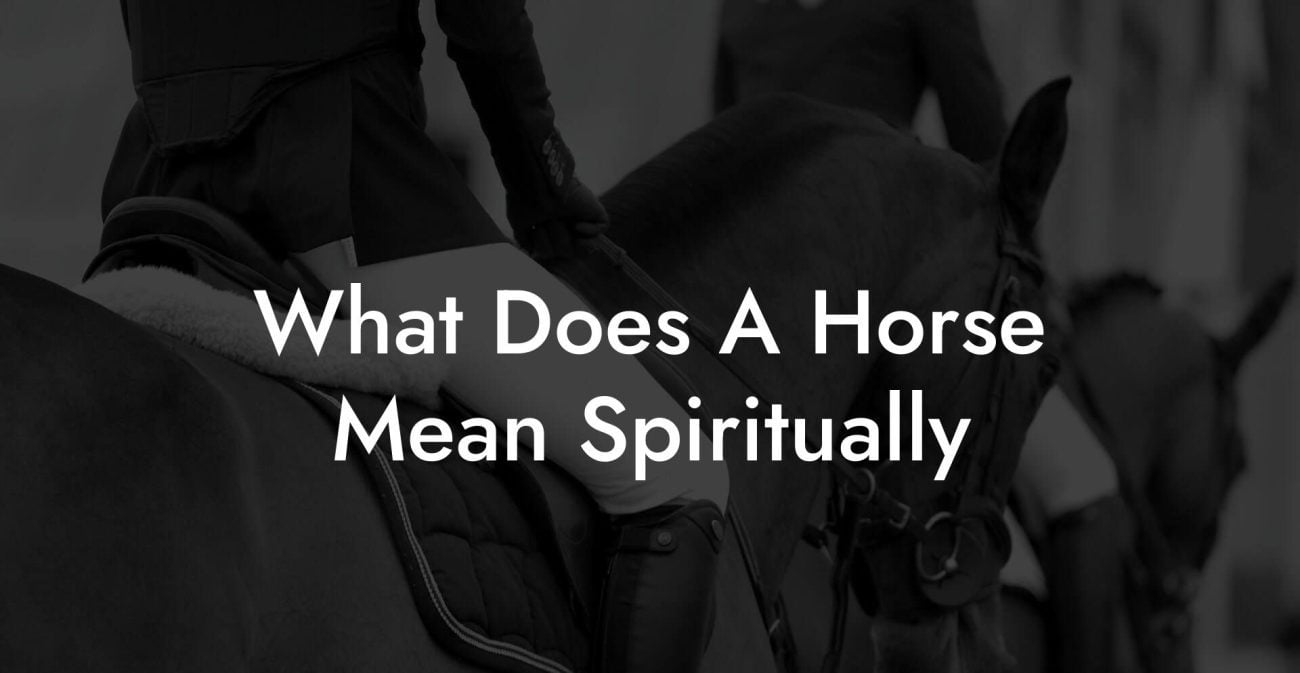Ever wondered how a majestic steed can cost as much as a luxury car, or maybe even more, to care for over the span of a year? Whether you’re a newbie intrigued by the world of horses or a seasoned equestrian looking to optimize your budget, this deep dive into the annual expenses of horse care is your ultimate guide. Strap in for a wild ride through feeding costs, veterinary surprises, stable management, and all the hidden fees that come with managing your four-legged best friend, all served with a generous helping of humor, real talk, and savvy advice that speaks right to the Gen-Z and millennial spirit.
Quick Links to Useful Sections
- Understanding the Basics of Horse Care Costs
- Feeding Your Four-Legged Friend: More Than Just Hay and Oats
- The Basics of Equine Nutrition
- Cost Breakdown: Hay, Grain, and Supplements
- Seasonal Variations and Local Sourcing
- Veterinary and Farrier Expenses: Keeping Your Horse Healthy and Happy
- Routine Veterinary Care and Preventative Medicine
- Farrier Services: More Than Just a Shoe Change
- Emergency and Specialized Medical Interventions
- Stable, Pasture, and Shelter: Housing Costs Demystified
- Owning Your Own Stable vs. Boarding Options
- Maintenance and Upkeep of Stables and Pastures
- Additional Shelter and Comforts
- equipment, Supplies, and Personal Touches: The Fun Extras That Add Up
- Essential Equipment for Daily Care
- Riding and Training Gear
- Extras That Reflect Your Passion
- Training, Lessons, and Miscellaneous Costs: Beyond the Basics
- Riding Lessons and Training Programs
- Show and Competition Costs
- Insurance, Permits, and Other Hidden Fees
- Budgeting Tips and Cost-Saving Strategies for the Modern Horse Owner
- Embrace Technology and Automation
- Share Resources and Foster Community Collaborations
- Plan for the Unexpected
- Prioritize Preventative Care
- Tools and Tech: Integrating Modern Solutions in Horse Care
- Wearable Tech and Health Monitors
- Farm Management Software
- Online Communities and Digital Marketplaces
- Resources and Community Support: Your Next Steps
- Join Online Forums and Social Media Groups
- Subscribe to Equine Newsletters and Blogs
- Local Equine Associations and Events
- Crafting a Personalized Equine Budget: A Step-by-Step Plan
- Step 1: Itemize All Major Expenses
- Step 2: Research Local Rates and Collect Quotes
- Step 3: Set Aside an Emergency Fund
- Step 4: Leverage Technology to Monitor Spending
- Step 5: Review and Adjust Annually
- Addressing the Hidden Costs and Surprises in Horse Ownership
- Seasonal Maintenance and Upgrades
- Travel and Transportation Expenses
- Unexpected Upgrades and Improvements
- FAQs: Your Burning Questions About Annual Horse Care Costs Answered
- Your Journey to a Balanced and Informed Equine Lifestyle
Understanding the Basics of Horse Care Costs
Taking care of a horse isn’t just about pony rides and picturesque pastures, it’s a lifestyle investment that comes with its own set of challenges and, yes, costs. From routine daily care to unexpected emergencies, the financial commitment can be as unpredictable as a horse’s mood on a breezy day. In this section, we’ll break down the basic cost categories every horse owner should know about. Whether you’re budgeting for feed, housing, or vet visits, understanding these basics will empower you to make informed decisions and embrace the true cost of responsible equine care.
It’s important to remember that the expenses can vary widely based on factors such as breed, age, location, and whether you own your horse outright or opt for boarding services. But don’t let that overwhelm you, think of it as planning for a fun, four-legged adventure where a bit of savvy budgeting goes a long way.
Feeding Your Four-Legged Friend: More Than Just Hay and Oats
One of the largest pieces of the equine budget puzzle is feed. Horses are grazing machines with substantial dietary needs, and ensuring they get high-quality nutrition is crucial for their health and performance.
The Basics of Equine Nutrition
At its core, feeding a horse involves providing a balanced mix of roughages like hay or pasture, concentrates such as grains or pellets, and a thoughtful mix of supplements to keep your equine buddy in top shape. However, not all feed is created equal. The choice between high-quality hay versus a more economical blend can significantly affect both your horse’s health and your wallet.
For many horse owners, hay and pasture make up around 70-80% of the feed cost. But then you have the additional costs of nutritional supplements, vitamins, and minerals that are often necessary to address your horse’s specific dietary needs, especially if you’re in a region with seasonal feed shortages.
Cost Breakdown: Hay, Grain, and Supplements
Let’s get into the nitty-gritty details. On average, a good quality bale of hay can cost anywhere from $15 to $50, depending on your location and the season. If your horse consumes 20-30 pounds of hay per day, over a year, those costs can add up to nearly $2,000 or more. Grain rations and concentrated feeds, often used to boost energy levels or support performance, can run between $300 to $1,000 annually. And don’t forget about supplements, especially if your horse has special nutritional requirements, which can add several hundred dollars to your yearly food bill.
All these elements combined create what many equestrians refer to as a “gourmet” diet for their horse, one that not only fuels performance but also ensures overall health. And while it might seem like a splurge, investing in quality feed is key to preventing health issues that could lead to even costlier veterinary bills down the line.
Seasonal Variations and Local Sourcing
Another factor to consider is the seasonal availability of feed. In the summer months, when pasture is abundant, you might save a pretty penny on hay. Conversely, in the winter, you'll likely need to rely more on stored hay and supplements, which can drive costs upward. Local sourcing can make a big difference; sometimes connecting directly with local farms or feed suppliers can yield bulk discounts or more competitive prices than those found at big box retailers.
Veterinary and Farrier Expenses: Keeping Your Horse Healthy and Happy
When it comes to the health and well-being of your horse, veterinary care is non-negotiable. Just like us, horses need regular checkups, vaccinations, dental care, and emergency treatment when unexpected issues arise.
Routine Veterinary Care and Preventative Medicine
Annual wellness visits, vaccines, and deworming form the backbone of preventative care for horses. On average, you can expect to pay between $500 to $1,500 per year for routine veterinary services, though this figure may soar if your horse requires specialized treatments. Dental care alone, which is recommended annually or biannually, can run around $200 to $500.
Preventative medicine is like an insurance policy against major health problems. Regular visits not only keep your horse in tip-top shape but also help catch potential issues early, which means you’re saving money (and heartache) in the long run.
Farrier Services: More Than Just a Shoe Change
Let’s not overlook the indispensable farrier, the craftsman responsible for maintaining your horse’s hooves. A typical farrier visit, which includes trimming and shoeing, can cost anywhere from $40 to $150 per visit. For many horses, this translates to a biweekly or monthly service, adding up to anywhere between $1,000 and $4,000 annually.
Horses in high-performance disciplines or those with special hoof care requirements might face even higher costs. Balancing quality care with affordability often means shopping around and establishing a relationship with a trusted local farrier. Remember, healthy hooves mean a happier, more comfortable horse!
Emergency and Specialized Medical Interventions
Despite the best preventative measures, emergencies can and do happen. Colic, tendon injuries, or laminitis can all result in sudden spikes in veterinary expenses, sometimes running into several thousand dollars for emergency surgeries and overnight care at a veterinary hospital.
While it’s hard to predict emergencies, setting aside an emergency fund (often recommended at 10-15% of your annual equine budget) is a smart way to prepare for the unexpected. In the grand scheme, investing in preventive care and a little bit of financial buffer can mean the difference between a minor scare and a major financial crisis.
Stable, Pasture, and Shelter: Housing Costs Demystified
The roof over your horse’s head (or, in many cases, the stable or pasture) is one of the most significant cost factors. Housing your horse doesn’t necessarily mean a lavish barn with gold-plated hay racks, but suitable accommodations that keep your equine friend safe, comfortable, and happy are essential.
Owning Your Own Stable vs. Boarding Options
One of the first decisions you’ll face is whether to build or purchase your own stable or to opt for boarding. Owning your own property can be a dream come true for many, but the initial investment, regular maintenance, and operational costs can quickly add up. On average, building and maintaining your own stable can easily run into the tens of thousands of dollars over a few years.
Boarding offers a more flexible solution, with monthly fees typically ranging from $300 to $1,000 per horse, depending on the level of care and facilities provided. Boarding can be especially attractive to those who want the perks of professional stable management, including routine cleaning, turnout services, and sometimes even access to riding facilities and training programs.
Maintenance and Upkeep of Stables and Pastures
Whether you own your property or board, keeping a clean, safe, and functional environment for your horse is vital. Regular maintenance tasks include mucking out stalls, repairing fences, managing pastures, and ensuring that water sources are clean and accessible. These chores might seem mundane, but they add up in terms of both time and money.
If you’re managing your own facility, anticipate spending several hundred to a few thousand dollars annually on repairs, supplies, and occasional professional services like pest control or fence repairs. For boarders, these costs are typically bundled into the monthly fees, so be sure to understand what is included in your service package.
Additional Shelter and Comforts
Beyond just the basics of shelter, many horse owners invest in extras like run-in sheds, extra turnout areas, and climate control systems for stables in extreme weather. These upgrades not only improve the quality of life for your horse but can also enhance maintenance costs. While initially more costly, these investments can provide long-term benefits in terms of your horse’s health and comfort.
equipment, Supplies, and Personal Touches: The Fun Extras That Add Up
Beyond feed, healthcare, and housing, there’s a whole range of equipment and supplies that can make horse care both a practical necessity and a personal passion. From grooming kits and riding gear to innovative tech gadgets and stylish barn décor, these items infuse personality into your horse care routine, all while adding to the bottom line.
Essential Equipment for Daily Care
A well-equipped stable includes everything from grooming tools (brushes, combs, hoof picks) to safety essentials (helmets, boots, and protective gear). Expect to spend anywhere from $200 to $1,000 on initial equipment, with periodic updates as items wear out or as trends change.
Think of these purchases as the “DIY” tweaks you add to personalize your space. And for the tech-savvy equestrian, modern gadgets like smart feeders, automated waterers, or even wearable devices that monitor your horse’s health signals can further boost your investment, but often come with a premium price tag.
Riding and Training Gear
If you’re riding, the list of must-haves includes saddles, bridles, riding attire, and safety gear like helmets. These aren’t just items, they’re investments that impact both performance and safety. A decent saddle can cost anywhere between $800 to $3,000 or more, while a quality bridle might set you back a few hundred dollars. While it might feel like splurging, investing in proper gear can prevent injuries and enhance your experience both in and out of the arena.
Extras That Reflect Your Passion
Many horse enthusiasts emphasize that horse care is as much about lifestyle as it is about practicality. From personalized stable banners and custom stalls to seasonal decorations and the latest equine-themed tech, these extras can transform a functional stable into your personal equestrian haven. Even though these items can be seen as “luxuries,” they often create a sense of community and identity among modern horse owners who love to share their passion on social media.
Whether you’re looking to add quirky touches like personalized horse blankets or investing in high-tech gear that tracks performance and health stats, always factor these into your overall budget, ensuring you maintain a balance between practicality and your personal style.
Training, Lessons, and Miscellaneous Costs: Beyond the Basics
Beyond the everyday necessities of feed, shelter, and healthcare, there’s an entire world of training, lessons, and other miscellaneous expenses that contribute to a balanced, happy horse, and a fulfilled owner.
Riding Lessons and Training Programs
Whether you’re a beginner or looking to refine your riding skills, professional training can be a game changer. Riding lessons can cost anywhere from $30 to $100 per session, and specialized training programs (think dressage, jumping, or trail riding) may run higher. For those with big dreams, enrolling your horse in competitive training can add thousands of dollars to your yearly outlay.
But consider it an investment in both your horse’s performance and your own personal growth. Plus, training sessions aren’t just about the dollars, they’re also about forming a genuine bond with your horse, one that often becomes the highlight of your week.
Show and Competition Costs
For the competitive spirit, attending horse shows, competitions, or even local fairs is both exhilarating and, admittedly, expensive. Registration fees, travel expenses, specialized equipment, and entry fees can easily add up. It’s not uncommon for serious competitors to spend upwards of $1,500 to $5,000 a year just on contest-related expenses.
We’re talking about that extra bit of adrenaline, the pride of showcasing your horse’s talents, and the personal satisfaction of participating in a thriving community, factors that, although hard to quantify, make all the extra spending totally worth it.
Insurance, Permits, and Other Hidden Fees
Horse care isn’t solely a matter of predictable line items. Insurance policies, permits, and miscellaneous fees are part of the landscape, especially if you own your own property. Horse insurance, which might cover mortality, major medical, and liability, can range from a few hundred to over a thousand dollars per horse annually.
Additionally, depending on your jurisdiction, you might need permits for certain activities, especially if you’re hosting competitions or large-scale events. Don’t be surprised if these “hidden” fees add another few hundred dollars to your projected annual expenses.
Budgeting Tips and Cost-Saving Strategies for the Modern Horse Owner
Now that we’ve navigated through the major expense categories, it’s time to talk strategy. How can you balance top-notch care with a manageable budget? Modern technology, community collaboration, and a savvy approach can help you keep costs in check without cutting corners.
Embrace Technology and Automation
The digital age isn’t just for smartphones and streaming, it’s revolutionizing horse care too. From automated feeders and waterers that reduce labor costs to apps that track your horse’s health data and manage feeding schedules, technology can play a key role in streamlining costs. Many modern equestrian solutions offer real-time data monitoring that can identify issues early, thus avoiding expensive emergencies down the road.
Share Resources and Foster Community Collaborations
The equestrian community is one of the most supportive and innovative groups out there. Sharing resources, like tool libraries, group purchase discounts for feed, or even cooperative boarding arrangements, can help diffuse costs. Social media groups, local clubs, and online forums are excellent places to exchange tips, find service recommendations, and even team up for bulk-buying discounts.
Plan for the Unexpected
As any horse owner will tell you, unpredictability is part of the package. Build a small contingency fund into your annual budgeting plan, about 10-15% of your yearly expenditure, to cushion unforeseen expenses like emergency veterinary care or sudden equipment repairs. This simple strategy not only saves you financial stress but also ensures you’re always prepared for the unexpected.
Prioritize Preventative Care
When it comes to horse care, prevention is always better, and cheaper, than cure. Regular checkups, routine dental care, and monitored farrier visits can catch potential problems before they require major interventions. Investing in preventative measures pays off in the long run, ensuring that your horse stays healthy and your wallet stays happier.
Tools and Tech: Integrating Modern Solutions in Horse Care
Gone are the days when horse care was solely manual labor and guesswork. The rise of smart technology has brought the equestrian world into a modern era where data meets dedication. Innovative tools and applications are transforming how you manage your horse’s health, feeding routines, and overall well-being.
Wearable Tech and Health Monitors
Imagine being able to monitor your horse’s heart rate, activity levels, and even stress signals in real time. With wearable devices specifically designed for equines, you can now access invaluable insights that help you fine-tune feeding schedules, exercise regimens, and recovery times. Many of these gadgets sync seamlessly with mobile apps, providing you with an ongoing overview of your equine companion’s health.
Farm Management Software
Save time and reduce errors with farm management software that keeps track of everything from feed inventory and veterinary appointments to expense reports. These software solutions can be a game changer, especially when juggling multiple horses or managing a full-fledged stable. With accurate data at your fingertips, you’re better positioned to make informed decisions and spot cost-saving opportunities.
Online Communities and Digital Marketplaces
The internet isn’t just a source of memes and viral videos, it’s also a treasure trove of equine resources. Online communities allow you to connect with fellow horse enthusiasts, share tips, swap equipment, and even scout for discounts on bulk purchases. Digital marketplaces can provide access to second-hand equipment in excellent condition, sometimes at a fraction of the cost of new items.
Integrating these modern solutions into your routine not only minimizes manual oversight but also ensures you’re always one step ahead when it comes to both care and cost efficiency.
Resources and Community Support: Your Next Steps
Being a horse owner in the modern age is about more than just managing expenses, it’s about being part of a dynamic, supportive, and resourceful community. Whether you’re just starting out or looking for innovative ways to optimize your current setup, there are countless resources available to help you navigate the whirlwind world of equine care.
Join Online Forums and Social Media Groups
Online platforms like Reddit, Facebook Groups, and specialized equestrian forums are vibrant hubs for real-world advice. Here, you can ask seasoned owners about their budgeting tips, share experiences, and even trade recommendations for local services or bulk meal plans. The interconnected nature of these communities means you’re never alone in facing the highs and lows of horse care.
Subscribe to Equine Newsletters and Blogs
Staying informed is key. Subscribing to reputable equine newsletters, blogs, and YouTube channels can provide you with regular updates on everything from innovative horse care technologies to new trends in feed and nutrition. Many of these resources share insider tips on cost-saving strategies and detailed breakdowns of annual expenses that can help you fine-tune your budget.
Local Equine Associations and Events
Don’t underestimate the power of local networks. Horse shows, expos, and equine associations often offer workshops, seminars, and networking events where you can learn about the latest in horse care and budgeting. These events are also great for meeting service providers and experts who can offer personalized advice based on your specific needs.
In a world where community often translates into both support and savings, leveraging these resources can help you stay ahead of the curve. Whether it’s through digital research or face-to-face interactions, expanding your network is one of the best steps you can take toward a sustainable and informed approach to equine care.
Crafting a Personalized Equine Budget: A Step-by-Step Plan
Now that we’ve explored all the essential aspects of horse care expenses, it’s time to put it all together and create your personalized annual budget. While every horse and every owner has unique needs, the process of drafting a budget involves some universal steps that can steer you toward financial success.
Step 1: Itemize All Major Expenses
Begin by listing all the fundamental cost components: feed, veterinary care, farrier services, stable or boarding fees, equipment, training, and miscellaneous expenses such as insurance and permits. Be as detailed as possible, for example, break down feed costs by hay, grain, and supplements; itemize routine vet visits versus emergency funds.
Step 2: Research Local Rates and Collect Quotes
Every region tells its own fiscal story when it comes to equine care. Chat with local feed suppliers, vets, farriers, and boarding facilities to collect realistic quotes. Use these numbers to anchor your budget with current, geographically relevant data. Remember, a little extra research now can save you from financial surprises later.
Step 3: Set Aside an Emergency Fund
No budget for horse care is complete without a contingency reserve. Aim to allocate 10-15% of your annual budget for emergencies, those sudden vet visits, unexpected equipment replacements, or other unforeseen challenges that inevitably crop up.
Step 4: Leverage Technology to Monitor Spending
Use budgeting apps or farm management software to keep a real-time tab on your expenditures. These tools help you track where your money is going and highlight potential areas for adjustments, making it easier to stick to your financial plan over time.
Step 5: Review and Adjust Annually
Your horse’s needs, market rates, and even your own financial situation can change from year to year. Commit to revisiting and revising your budget annually. This process not only helps you manage costs effectively but also ensures that you’re always prepared for the coming year’s challenges.
With a well-crafted budget in place, you’re not just spending, you’re investing in the long-term health and happiness of your equine friend, all while staying true to your financial goals. It’s a balancing act that, with a bit of planning and dedication, can be both effective and fulfilling.
Addressing the Hidden Costs and Surprises in Horse Ownership
If you thought horse care costs stopped at the basics, think again. There are several less-discussed, but equally important, expenses that can catch you off guard. From seasonal maintenance to travel costs for shows, these hidden or variable costs deserve a spot in your yearly planning.
Seasonal Maintenance and Upgrades
Depending on the climate in your area, maintaining a stable or pasture might require seasonal upgrades, be it additional heating in the winter, extra ventilation in the summer, or even pest control measures during the rainy season. These seasonal adjustments can add an extra few hundred dollars or more to your annual budget but are essential for keeping your horse comfortable and healthy year-round.
Travel and Transportation Expenses
Thinking of taking your horse to a regional show or a specialized training camp? Factor in transportation costs, which might include renting a horse trailer, fuel, or even overnight stays if the distance is significant. These costs can fluctuate greatly based on distance and frequency, so planning ahead is key.
Unexpected Upgrades and Improvements
Sometimes, an unexpected project, like revamping part of your stable or installing a new water system, can arise as a necessity rather than a luxury. Staying ahead of such potential costs by planning regular inspections and maintenance can help mitigate the financial hit when these surprises occur.
Acknowledging and planning for these hidden expenses not only makes for a more robust budget but also ensures that your horse’s environment remains safe and conducive to a high quality of life, rain or shine.
FAQs: Your Burning Questions About Annual Horse Care Costs Answered
Here are some of the most common questions we hear about the costs associated with horse care. Whether you’re a first-time owner or a seasoned veteran, these FAQs cover a wide range of topics to help you plan your budget better.
1. How much does it typically cost to feed a horse for a year?
Feed costs vary widely based on location, quality of feed, and your horse’s dietary needs, but many owners report spending between $2,000 and $4,000 per year on hay, grain, and supplements.
2. What kind of veterinary expenses should I plan for?
Routine veterinary care, including checkups, vaccines, dental care, and deworming, can range from $500 to $1,500 per year, excluding emergency interventions.
3. How much should I budget for farrier services?
Regular farrier visits typically cost between $40 to $150 per visit, accumulating to roughly $1,000 to $4,000 annually, depending on the frequency and your horse’s specific hoof care needs.
4. Is boarding a horse more cost-effective than owning a stable?
Boarding fees generally range from $300 to $1,000 per month, which might be more economical for those who want professional management and lower upfront investment, compared to the substantial initial and maintenance costs of owning a stable.
5. What hidden costs should I be prepared for?
Don’t forget to account for seasonal maintenance, travel expenses to events or shows, insurance, permits, and unexpected veterinary emergencies. Setting aside 10-15% of your annual budget for these surprises is a wise strategy.
6. Can technology really help reduce overall costs?
Absolutely! From automated feeding systems and digital health monitors to advanced farm management software, modern technology can streamline operations, reduce labor, and even catch potential issues early, saving you money in the long run.
7. How can I prepare for emergency expenses?
Maintaining an emergency fund that comprises about 10-15% of your annual equine budget can help cushion the financial impact of unexpected conditions such as colic or other urgent medical needs.
8. Where can I find reliable local pricing for equine care?
Reaching out to local veterinarians, farriers, feed suppliers, and boarding facilities, and tapping into online equestrian communities, can provide current, localized pricing data that’s invaluable for budgeting.
These FAQs are designed to clarify common concerns and help you build a realistic picture of what caring for a horse logically and financially entails.
Your Journey to a Balanced and Informed Equine Lifestyle
Managing the cost of caring for a horse over the span of a year is like riding a galloping steed through a mix of predictable routines and unexpected twists. With a solid understanding of everyday needs, hidden expenses, and the smart use of technology and community resources, you’re better prepared than ever to embrace this rewarding lifestyle. Every dollar you invest in your horse is a step toward ensuring long-term health, happiness, and the kind of connection that only a true equine enthusiast can understand.
Remember, budgeting for horse care is not just about cutting costs, it’s about making informed decisions that benefit both you and your remarkable companion. From quality feed and reliable veterinary care to comfortable housing and personalized equipment, each aspect of your horse’s care contributes to a holistic investment in their wellbeing and your lifestyle.
Your journey as a horse owner is one of continuous learning, adaptability, and celebration of both successes and challenges. Embrace the fluctuations in cost as part of the adventure, and lean on your community and the latest technological innovations to help steer you through even the trickiest financial terrains.
As you forge ahead with your plan, keep in mind that every effort in planning and budgeting contributes to a richer, more secure future for you and your horse. Celebrate the wins, learn from the setbacks, and enjoy every moment of this uniquely fulfilling, sometimes unpredictable, but always rewarding equine journey.

